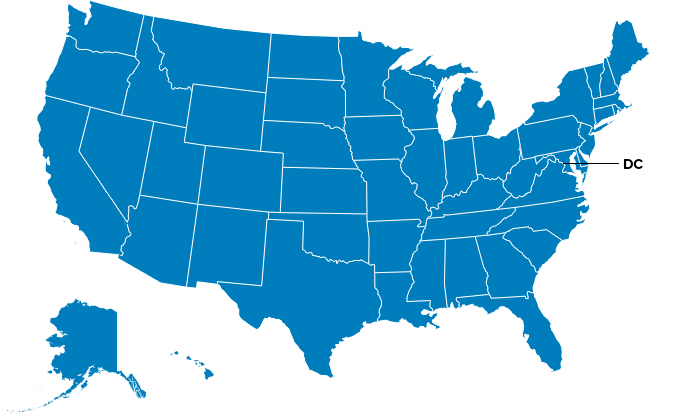- Impacted electric companies in Louisiana report that the catastrophic hurricane damaged more than 30,000 power poles, more than 36,000 spans of wire, and more than 6,000 transformers. In total, Hurricane Ida destroyed more power poles than Hurricanes Delta, Ike, Katrina, and Zeta combined.
- An army of more than 27,000 workers from across the country was mobilized to assist in the restoration efforts. Companies affected by Ida, and the crews assisting them, will continue to work around the clock to restore power safely and as quickly as possible to every customer who is able to receive it. Because of the amount of damage to their homes, some customers will be unable to have their power restored.
- Our thoughts continue to be with all who have been impacted by Ida and with those who are helping in the recovery and power restoration efforts. We greatly appreciate our customers’ patience and understanding during this historic restoration and rebuild.
*It is important to remember that outages measure customer meters impacted, not the number of individuals without power. Due to the nature of the storm, customers may have experienced more than one outage. Electric companies have completed their power restoration efforts in the parts of the Mid-Atlantic and Northeast that were impacted by Ida’s remnants last week. At their peak, outages in those areas totaled approximately 212,000.












